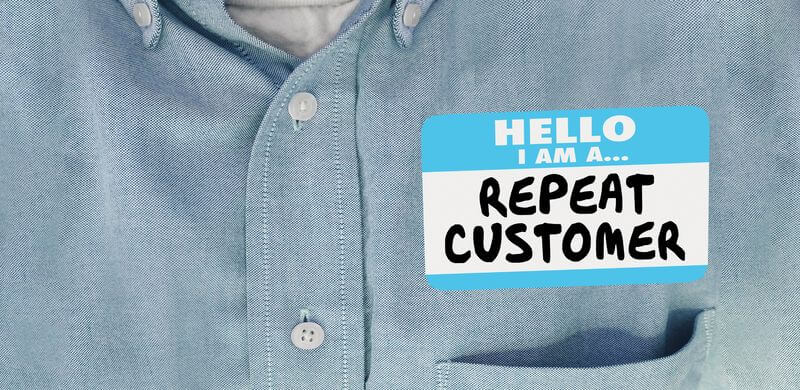What is customer lifetime value?
Customer lifetime value (CLV) is a metric that indicates a customer’s value to a business over a certain period. CLV takes a customer’s revenue value into account and compares it with the predicted lifespan of their relationship with a company. The more the customer buys from a business, the more their lifetime value rises.
Why is customer lifetime value important?
The customer acquisition costs of your business may be more than the revenue you get from the first purchase, but can you still make money from this customer in the long run? Calculating the lifetime value of a customer will give you all the answers.
You can focus on your special customers with CLV stats, the VIPs who come back to you and bring you more business. You can send these customers more offers and promos and target more potential customers with the same traits as VIP customers. This segmentation lets you give a personalized experience to new customers and prepare future VIPs.
Ecommerce is a competitive market in 2021 and beyond, and the price is not the only thing that plays an important role in customer decisions. With CLV, you can increase revenue from less valuable clients and improve the overall customer experience.
How to calculate customer lifetime value?
Four key performance indicators determine your customer lifetime value: Average Order Value (AOV), Purchase Frequency (PF), Churn Rate (CR), and Gross Margin (GM). Look at each of these individually to see which one needs more work to maximize profit.
- AOV = Overall Sales Revenue / Total Orders
- F = Total Orders / Total Number of Unique Clients
- GM = Total Revenue – Cost of Goods Sold (COGS) / Total Revenue
- Churn rate = (# of Clients at End of Time Period – # of Clients at Beginning of Time Period) / # of Clients at Beginning of Time Period
Customer lifetime value = AOV + F + GM *(1/Churn Rate)

How to improve customer lifetime value?
With your KPIs in hand, it is easy to work on maximizing your customer value. But what is the ideal revenue per customer? What is a good purchase frequency? In this case, you should compare your KPIs to industry benchmarks to see which area needs improvement. Once you have the current averages for your specific industry, you can get to work. Don’t forget to work on your weakest KPI to maximize profits.
Acquire high-value customers
Once you’ve done a CLV analysis on your existing customers, you’ll have an idea of how much to spend on customer acquisition. Plus, you’ll learn which acquisition channels give you the highest value customers—you can double down your efforts there to get more higher-value clients.
Get future leads
Once you have solid data backed by numbers on VIP customers, you can apply predictive analytics to get an idea of new customers who are most likely to become VIPs of the future. Then, you can start building relationships with them by sending them personalized offers and valuable resources.
Value-tier segmentation
CLV helps you sort customers into VIPs and lower-value clients. Once you segment the customers in these two tiers, you can see where the money is really coming from. Look at the people on the top of your list: how much of your revenue comes from this set of customers? With a defined set of customer values, you can prepare conversion tactics that engage customers at each stage of the purchase journey.
Plan your ad budget
If you have a fair idea of your CLV, you can plan a budget to spend on customer acquisition while being profitable. This helps you determine how much more you should spend on advertising specifically.
Calculate ad performance
Without the CLV number, you rely on the profit from your first purchase to see which customer is more important to you. With the data gained from CLV, you can look at your overall ad performance and determine which ads are good for long-term business.